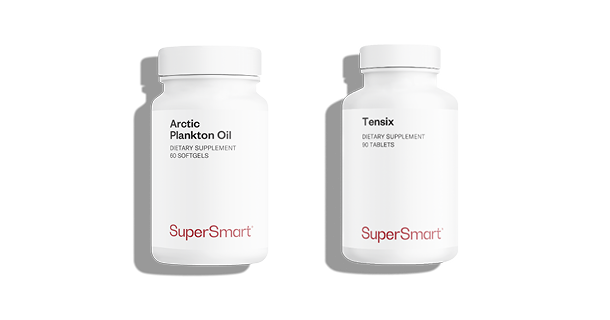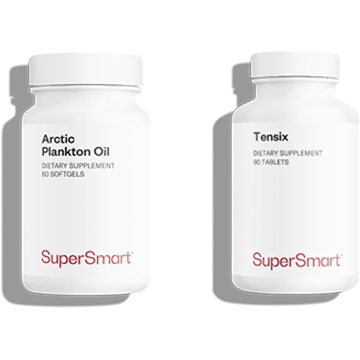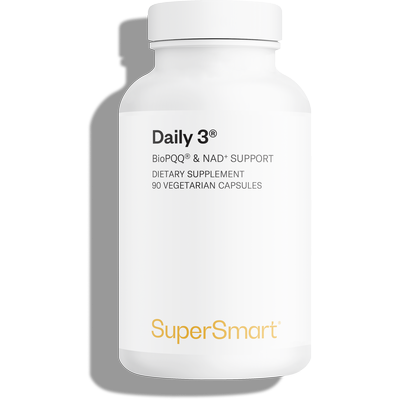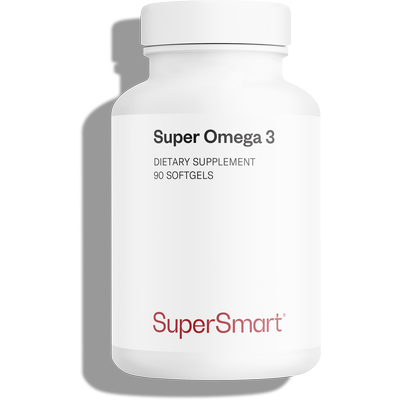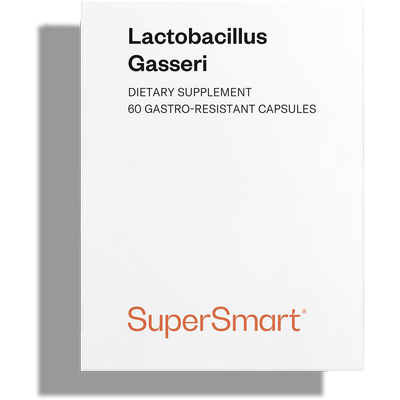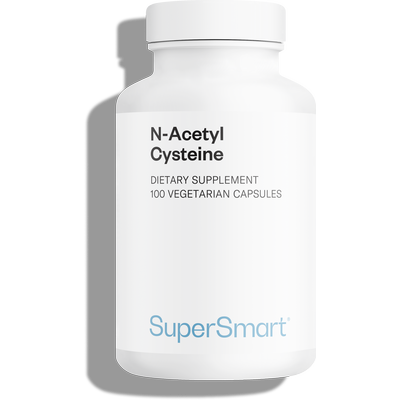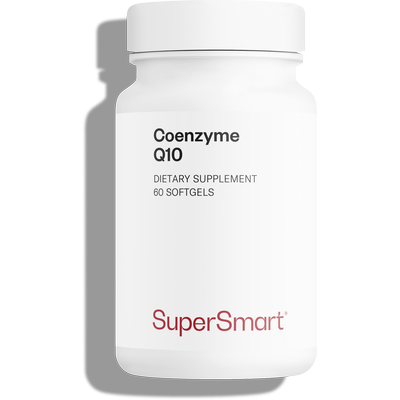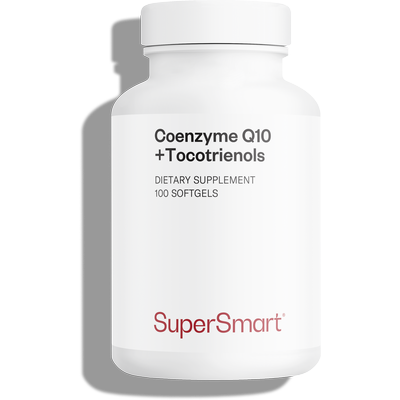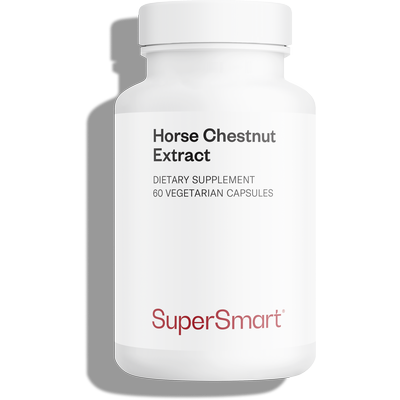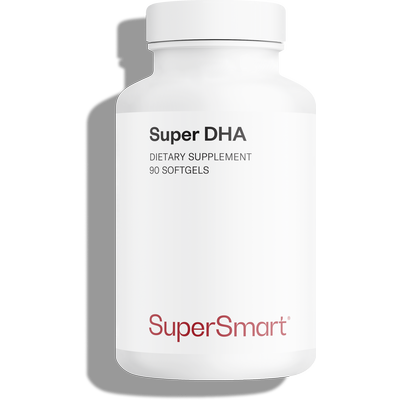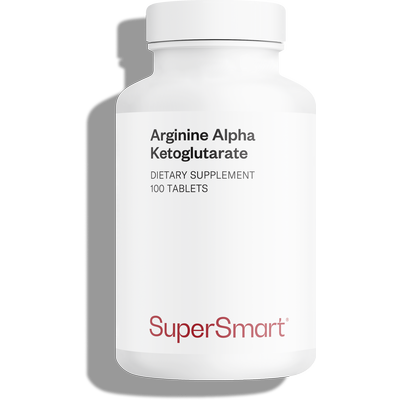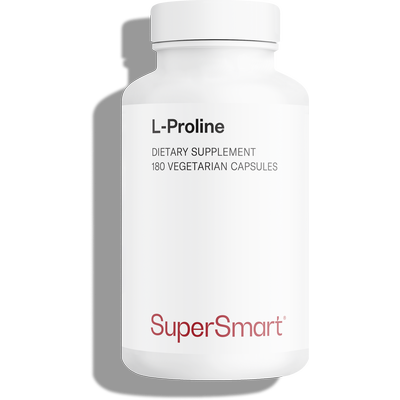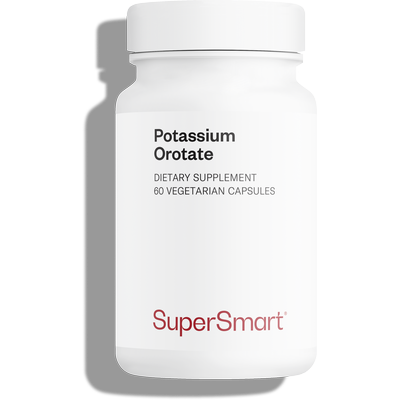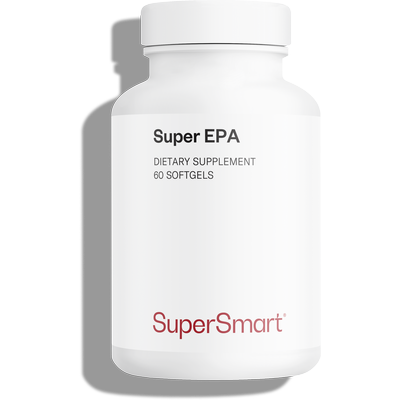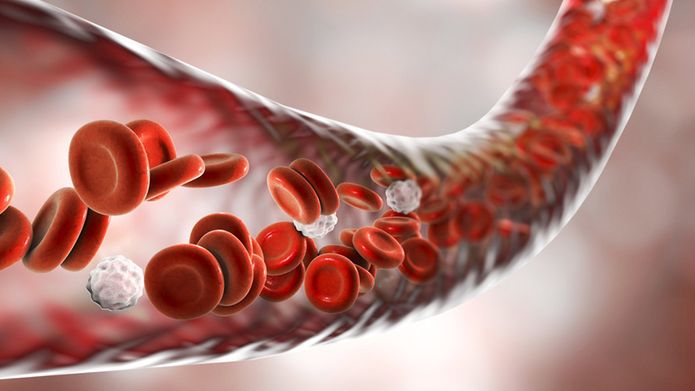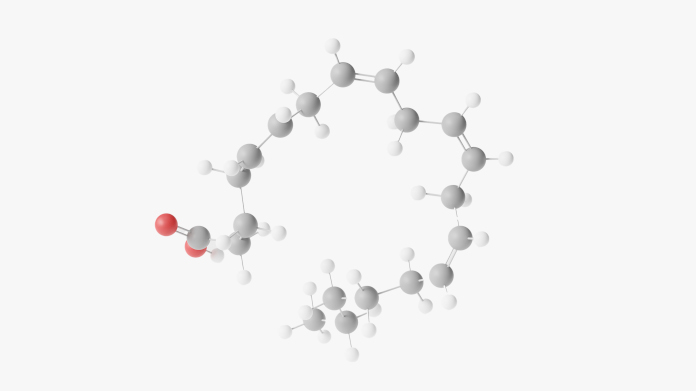In stock
Arctic Plankton Oil + Tensix
Our top sellers
Here is a list of the most popular supplements. By choosing any of these products, you are guaranteed a truly exceptional supplement, validated by thousands of users every day.
What is in it Arctic Plankton Oil + Tensix
Any questions?
Arctic Plankton Oil is suitable for all sectors of the population for meeting recommended intakes for omega-3 fatty acids.
In addition, it is particularly recommended for the following groups of people:
- Those with a large waistline (excess abdominal fat).
- Those over 50 (to prevent cognitive decline and cardiovascular problems).
- Those suffering from chronic inflammation.
- Those with hypertension, hypertriglyceridaemia, hypercholesterolaemia or hyperglycaemia.
- Those suffering from fatigue or low mood.
- Those at risk of cardiovascular problems.
In theory, the body is able to produce EPA and DHA from plant-source omega-3 fatty acids, but this source has declined significantly over the last decades due to modern farming methods and changes in our diet (14). What’s more, the rate at which they’re converted is now very low as a result of our inappropriately-high consumption of omega-6 (15). Of far less benefit to the body, these fatty acids are nonetheless ubiquitous in modern processed foods and they mobilise all the enzymes (elongases and desaturases) needed for the conversion of plant-sourced omega-3s into DHA and EPA.
So if you decided to increase your intake of plant-sourced omega-3 fatty acids, you would not see any benefits unless you simultaneously made significant cuts to your omega-6 intake. The fact is, we actually need to consume the same amount of plant omega-3 as we do omega-6, but our actual consumption of omega-6 is 15-50 times greater than that of our plant-sourced omega-3. In excess, omega-6 displace omega-3 and invade cell membranes in their place, resulting in the formation of billions of pro-inflammatory molecules (16-17) which are thought to play a key role in the development and exacerbation of chronic diseases.
This adverse imbalance could be rectified through daily consumption of oily fish rich in EPA and DHA. Unfortunately, however, the level of contamination of these fish and the fact that they’re relatively inaccessible makes this an untenable option... Supplementing with EPA and DHA is thus the simplest and most effective way of rapidly restoring cell membranes to a healthy state.
Arctic Plankton Oil is produced from the species Calanus finmarchicus, a minuscule copepod which forms part of marine zooplankton. Measuring less than a millimetre but representing an enormous biological resource (it is without doubt one of the most abundant species on the planet in terms of biomass), Calanus finmarchicus is harvested from the Arctic in strict adherence to both the bioeconomic strategies of Scandinavian countries and the quotas fixed by the Institute of Marine Research. As this species inhabits the lowest trophic levels, there is no risk of the heavy metal contamination typically observed in oily fish.
In the cold waters of the Arctic, which is periodically covered in ice and isolated from pollution, it benefits from an idyllic setting providing the best possible conditions for reproduction and growth .
Click here to see the environment and conditions in which these copepods are harvested: https://www.youtube.com/watch?v=9X5W03gu7eA&t=7s
Following ingestion and absorption, marine-source omega-3 are incorporated into cell membranes in the form of phospholipids. This is a slow process: Arctic Plankton Oil therefore needs to be taken every day for several weeks or even months in order to fully obtain its benefits.
At the end of the supplementation period, the increased intake in omega-3 will be reflected in the composition of the phospholipid membranes. The NAT-2 study showed that supplementation with omega-3 produced a significant increase (up to 70%) in levels of these fatty acids in membranes. To achieve this, it is advisable to reduce your intake of omega-6 throughout the supplementation period.The cetoleic acid and gondoic acid in Arctic Plankton Oil help reduce the excessive proportion of omega-6 which impairs the body’s use of omega-3.
Need help?
You may also like

